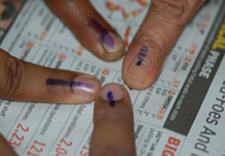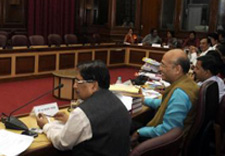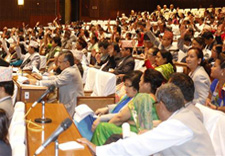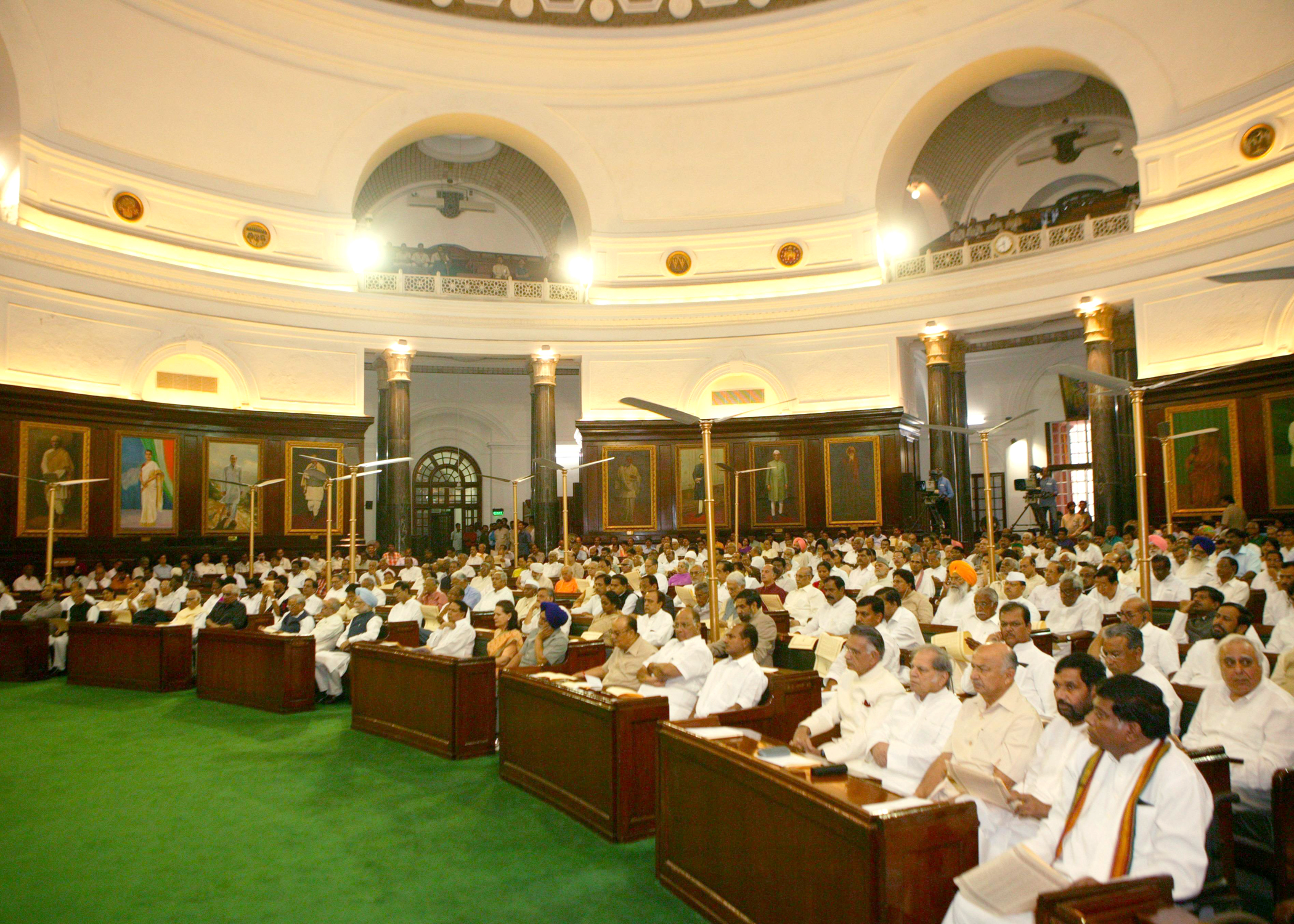Surrogacy in India
India was among the few countries in the world that allowed surrogacy – where a woman could be hired to carry the child of a couple through a process of in-vitro fertilization and embryo transfer. But recently, India’s home ministry has ordered Indian embassies abroad not to grant visas to couples visiting the country for surrogacy, or “reproductive tourism” as the practice has come to be known. India had been the destination to fulfil their dreams of becoming parents, thanks to its well-trained doctors, well-appointed fertility clinics and vast numbers of poor women willing to serve as surrogates.
Though laws governing surrogacy have yet to be passed, the government outlined its position in an affidavit placed before the Supreme Court. It said, India “does not support commercial surrogacy and the scope of surrogacy is limited to Indian married infertile couples only, and not to foreigners.”
The ban intends to protect the women from exploitation. Though, some who have worked as surrogates say the ban actually hurts them as it prohibits them from earning money that would otherwise take 10 years of domestic help to achieve. Some women’s rights activists say India’s burgeoning surrogacy business should be regulated, not outlawed. Banning it, they say, will only drive it underground, making it impossible to check the exploitation of the women hired as surrogates.
Since India legalized commercial surrogacy in 2001, thousands of fertility clinics have mushroomed across the country, making it a $1 billion to $2.3 billion business annually. The clinics have attracted couples from Britain, the United States, Australia, South Africa and Japan as a surrogate pregnancy costs around $20,000 to $35,000 in India, compared to around $150,000 in the United States, where surrogacy is permitted in many but not all states.
Activists in India say while the industry has proliferated, a lack of safeguards has led to rampant exploitation of thousands of poor, illiterate women by touts, agents, unscrupulous doctors and the owners of fertility clinics. The need, therefore, is felt for a strong regulation of the industry which would benefit all the concerned parties – the commissioning parents, surrogate mothers, and the child born of such an arrangement.
India doesn’t have a surrogacy law and for now the industry was following guidelines issued by the ICMR. Its rules state that a woman cannot be a surrogate unless she has a living child of her own, and she can only do it once. The draft of a new law, called the “Assisted Reproductive Technology Bill”, is ready but not been passed in the parliament yet. The legislation would bar the use of agents, require couples seeking surrogacy to pay all of the surrogate’s expenses, and allow only women between the ages of 21 and 35 to act as surrogate mothers. It also says that women who have had more than five live births cannot serve as a surrogate.
The Assisted Reproductive Technology Bill (ART) has been through several incarnations over the past few years, but may be passed in the winter session of Parliament. The Bill would only allow surrogacy for Indian couples (defined as a married man and woman) or a foreigner married to an Indian citizen.
The Bombay High Court passed an interim order staying the directive of the Union government and the Indian Council for Medical Research that banned surrogacy for foreigners, in an attempt to protect those in the final stages of the process from the government’s sudden decision. The court asked clinics to provide details of couples who are in the middle of the surrogacy procedure, but barred medical practitioners from taking up fresh cases.
(This article was originally published in the IMPF Newsletter, Winter Session Issue: Nov-Dec 2015)
-Shefalika Shekhawat
National Law University, Jodhpur

 13 March 2016
13 March 2016  0 Comments
0 Comments Updated News
Updated News





